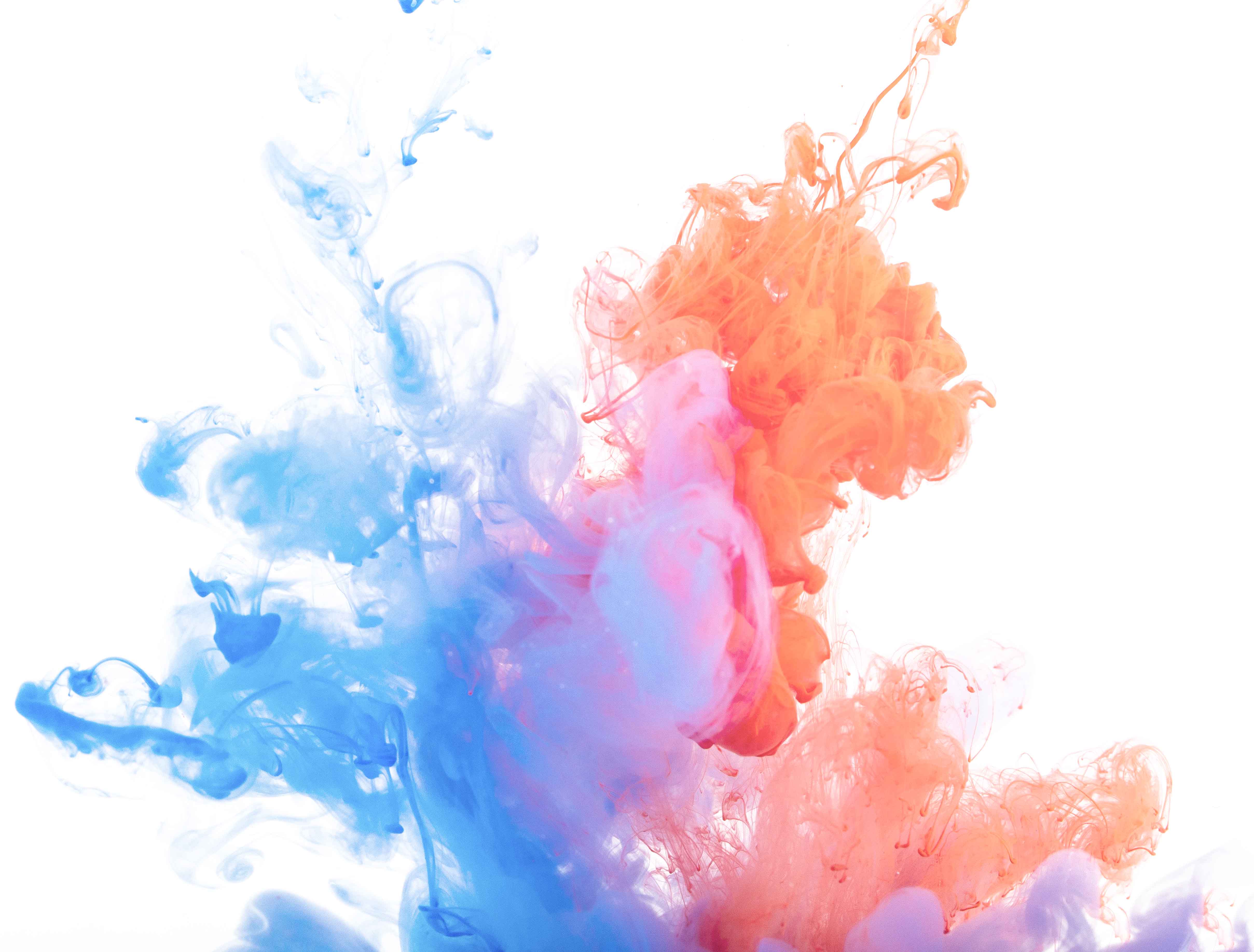1. The nozzle is cleaned upside down after being used in one spray, which causes the nozzle to block the nozzle after the ink is dry;
2. The force of shaking the ink before spraying is too large, causing the stirrer (glass beads) to break block the nozzle;
3. The ink is sufficiently shaken before spraying, which causes the pigment deposited on the bottom of the tank to block the nozzle when spraying;
4. Inverted turned sideways during storage, the pigment precipitation in the ink blocks the discharge hole of the valve;
5. For products that have exceeded the shelf life, the resin pigments fillers in the system return to block the valve discharge hole;
6. The solvent in the water-based inkjet system evaporates too fast, etc.;
7. Inkjet is too thick;
8. Ink is frost-resistant.

Precaution:
1. Shake the ink well before spraying;
2. Master the correct method of shaking to avoid excessive force when shaking the ink;
3. If you can't use it after one spraying, you should invert the ink tank to spray for 1-5 seconds, remove the ink the nozzle then store it to ensure normal use next time;
4. Be careful to turn it upside down side body during storage;
5. It should be selected within the warranty period before use;
6. The appropriate amount of solvent adjustment;
7. Inkjet grinding is finer;
8. Add antifreeze.
Remedy:
1. Shake the ink upside down spray it upside down for 1-5 seconds;
2. Use gas to flush the blocked nozzle;
3. Add 3H4 heat stabilizer;
4. Replace the nozzle;
5. Re-filter inkjet;
6. Put on a hot water bath to make it melt flow.